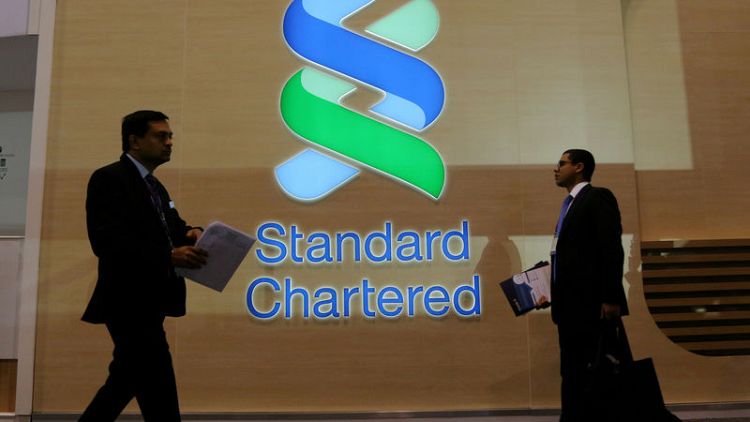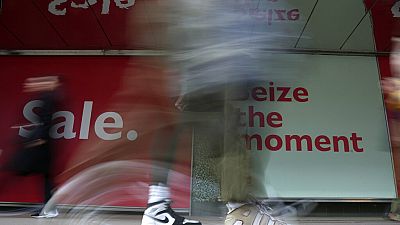HONG KONG/LONDON (Reuters) - Standard Chartered PLC <STAN.L> exceeded forecasts with a 3% increase in its first-half profit, but flagged trade tensions and a monetary policy easing cycle as potential risks for the London-headquartered lender.
Pretax profit for StanChart, which focuses on Asia, Africa and the Middle East, increased to $2.41 billion (£1.99 billion) in the January-June period from $2.35 billion in the same period last year, the bank said in a stock exchange filing.
The latest profit compared with the $2.23 billion average of 11 analyst estimates compiled by Standard Chartered.
"Concerns surrounding the potential escalation of trade tensions has affected sentiment and central banks' commentary is indicating a reversal of monetary policy normalisation," said StanChart Chief Financial Officer Andy Halford in the filing.
Hong Kong, which accounts for a bulk of StanChart revenue, on Thursday cut its base rate by 25 basis points to 2.5%, its first cut since late 2008, in line with the U.S. Federal Reserve's move.
The trade war between China and the United States has raised costs, roiled financial markets and has also triggered analyst concerns about its impact on Asia-focused global banks that handle the bulk of the trade finance related businesses.
StanChart has been making steady progress in its turnaround strategy, and in a sign of confidence about its prospects of growing revenues the bank in April unveiled plans for an up to $1 billion share buyback, its first such in at least 20 years.
That came after its Chief Executive Bill Winters unveiled in February ambitious plans to double return on tangible equity and dividends in three years by cutting $700 million in costs and boosting income.
(Reporting by Sumeet Chatterjee in Hong Kong and Lawrence White in London; Editing by Muralikumar Anantharaman)



